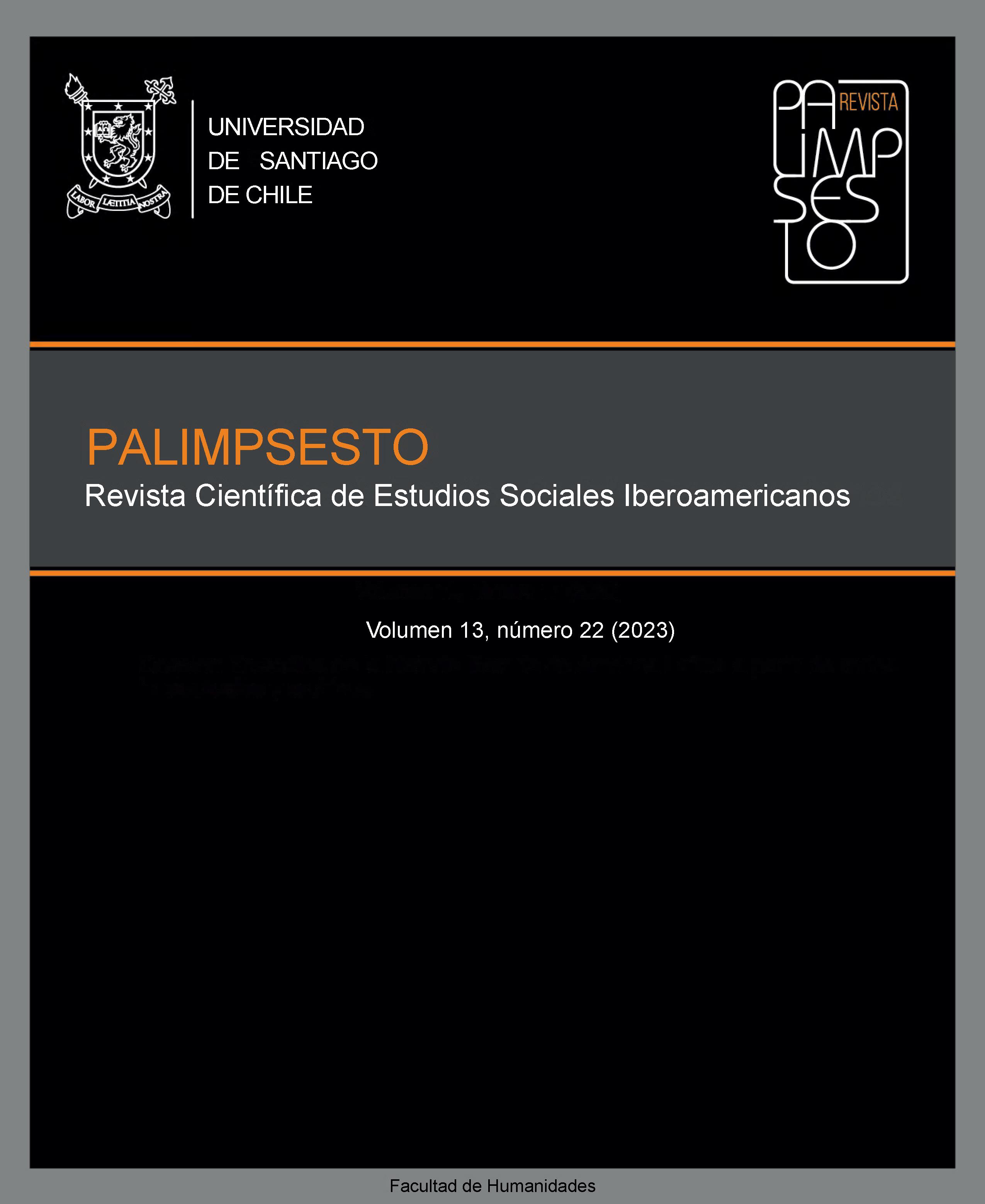La Estética Andina del Textil y el Procedimiento del Zurcir en Cuando Sara Chura despierte
DOI:
https://doi.org/10.35588/pa.v13i22.6090Palabras clave:
Estética andina, estética de la recepción, crítica decolonial, autonomía del arte, Cuando Sara Chura despierteResumen
Desde una perspectiva crítica contra la autonomía del arte, el presente trabajo esboza las principales categorías estéticas del pensamiento andino prehispánico a partir de algunos aportes de los estudios antropológicos y del contraste con la estética occidental de la recepción, presentada por Hans Jauss en su Pequeña apología de la experiencia (1972). Para este procedimiento doble, se aborda la figura de la producción textil que, al resultar central para la sensibilidad de los pueblos andinos, condensa la totalidad de su pensamiento estético. A partir de esto, se analizan los rasgos de la estética andina en la novela Cuando Sara Chura despierte (2003) del boliviano Juan Pablo Piñeiro y se propone que la construcción narrativa establece un símil con la elaboración de un textil. Así, se destacan las maneras en que la estética andina prehispánica y la figura del textil aparecen en la obra y catalizan posibilidades sensibles para su recepción, al operar en ellas una crítica social decolonial; la cual resulta importante rescatar.
Descargas
Enviado
2023-04-25Publicado
Número
Sección
Licencia
- Los autores publicados en Palimpsesto aceptan las condiciones de publicación, distribución, preservación y uso de contenidos contemplados por esta revista a través de la licencia Creative Commons BY https://creativecommons.org/licenses/by/4.0/ que permite compartir el trabajo con un reconocimiento de la autoría original y publicación inicial en esta revista
- Los autores pueden hacer uso sin restricciones de su producción, cumpliendo siempre con lo exigido por la dicha licencia: citar la edición respectiva de esta revista como fuente original.
- Palimpsesto acoge y promueve el cumplimiento de acceso abierto sin ningún tipo de condición o restricción a los textos y datos dados a conocer por ella. Palimpsesto hace suya todas las declaraciones internacionales que favorecen el acceso abierto (Open Access), tales como las de Budapest, Berlín, Bethesda, entre otras.
- Como política de retribución, los autores, cuyos artículos hayan sido aceptados y publicados en PALIMPSESTO, aceptan formar parte del comité de revisores de nuestra revista.
- El autor/a, una vez enviado el artículo, acepta las condiciones de difusión de esta revista explicadas en este apartado.









